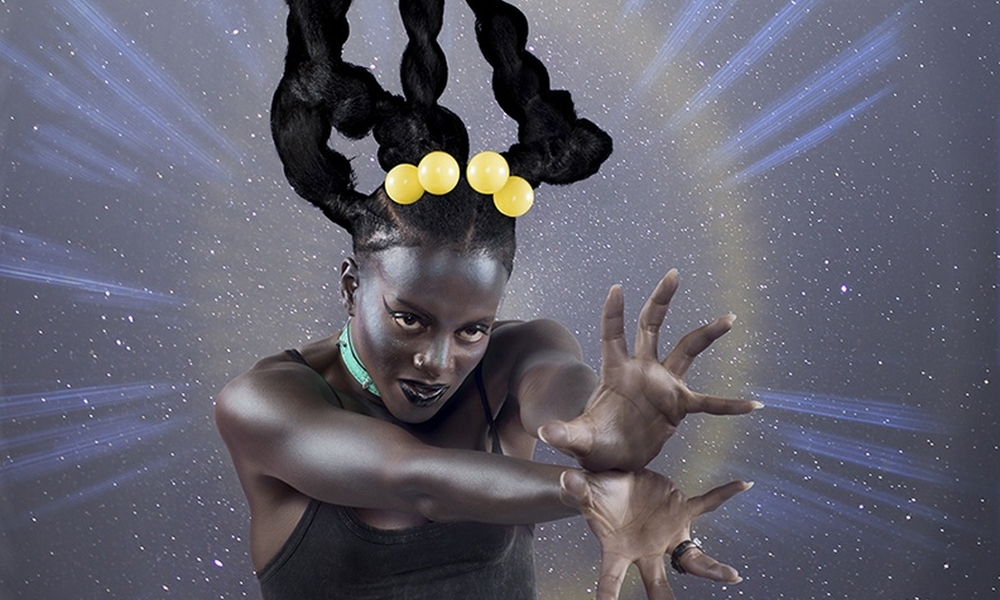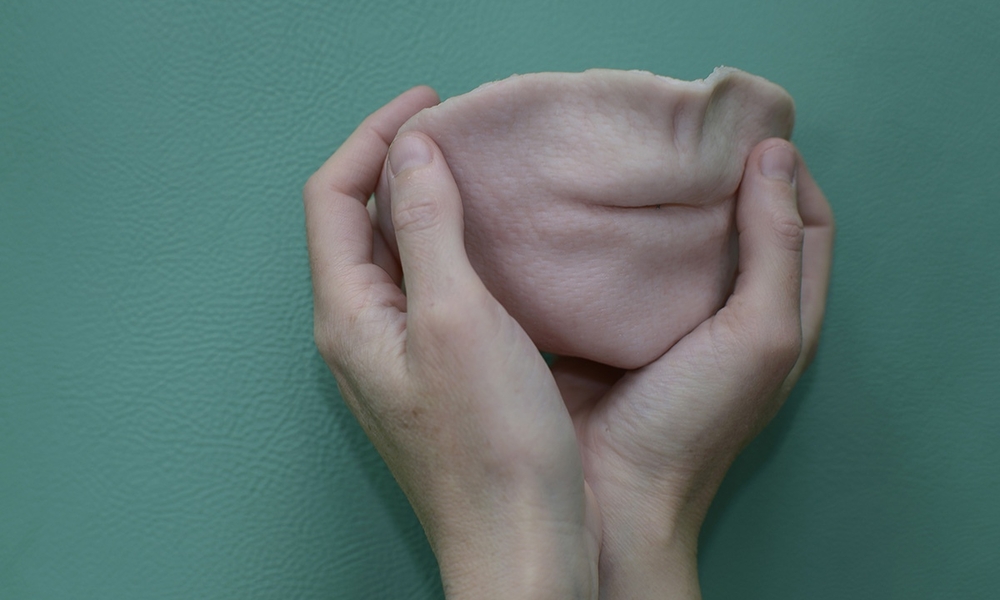MOAD Unbound
Issue Number 1, The Body Electric
Spring 2021
MOAD Unbound
Issue Number 1, The Body Electric
Spring 2021
The inaugural issue of MOAD Unbound focuses on the exhibition The Body Electric. Exhibition curator Pavel S. Pyś provides an in-depth look at the exhibition's art and ideas. Artists Trisha Baga and Lynn Hershman Leeson interview each other about their work and practice, while Jes Fan and Tishan Hsu ask one another about their art and technology. Julieta González, independent curator and researcher, writes about Latin American artists and their involvement with video art during the 1970s.
The first online museum publication series of its kind in Miami, MOAD Unbound encourages deeper looks at the contemporary art, design, performances, and other events in MOAD's galleries or offsite as part of the Museum Without Boundaries initiative.
Read excerpts from MOAD Unbound below and download the full issue by clicking the button to the left.
"For obvious reasons, everyone everywhere has been thinking more about viruses this year. The language often revolved around how COVID-19 is 'programmed' to behave. So, for me at least, behavior as a product of programming rather than intention has been looming extra heavy in the back of my thoughts. A very basic question that artists are constantly asked is 'what did they mean to say or do in the work.' The answer usually says less than the work itself."
——Trisha Baga
"Marshall McLuhan’s dictum 'the medium is the message' shaped much of the thinking around media in the 1960s. One of McLuhan’s theses was that 'the message of any medium or technology is the change of scale or pace or pattern that it introduces into human affairs.' The change of scale introduced by information technologies indeed brought about ontological and epistemological shifts that resulted, in the realm of art, in the emergence of dematerialized practices that relied on the exchange of information. Perhaps unlike anyone else, artists realized the potential of the medium as the message and produced media environments that highlighted the effects that the media would have on society at large.
* * *
"Alternative television and video networks not only aimed to transform
the structure of information, they also changed the museum and gallery
landscape, bringing feedback experiences into the gallery space and
merging with dance, music, and sculpture to invent the genres of video
performance and video installation."
——Julieta González


